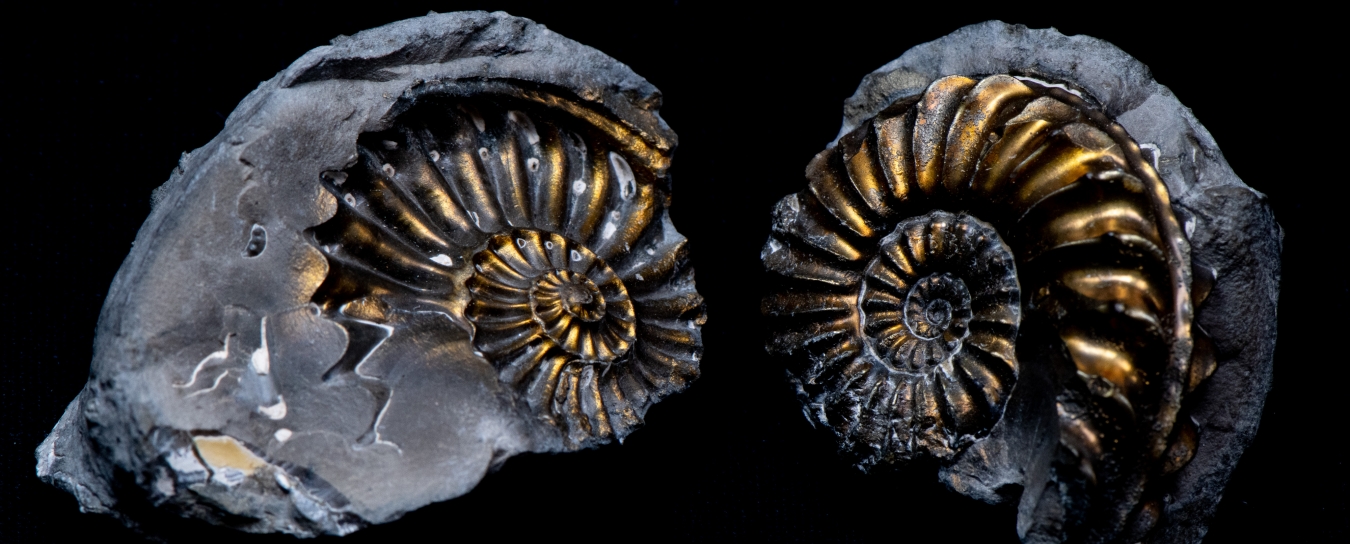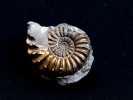
Rocks & Fossils
Check out our rock and fossil FAQ for smart collecting tips, information about some local rock formations, and advice about fossil eggs and meteorites.
- Anthropology
- Rocks & Fossils
- Invertebrates
- Vertebrates
- Botany
- Astronomy
- Fungi
- General
- Recently Asked
Question about minerals that morph
Can a mineral such as jasper which is composed mostly of Si, morph into something that is composed mostly of Ca?
Curator Response
Hi Ken,
What an interesting question! As far as changes within an individual rock goes—and not the bigger picture of the carbon-silicate cycle—in nature we usually see changes happening the other way around, with silica replacing calcium. Typically we call this replacement or diagenesis rather than metamorphism, since the latter is the result of higher temperatures and pressures. But we do have a cool morphin' word to describe a replacement mineral that retains the original crystal structure: a pseudomorph.
Replacement usually happens when water that is high in the replacing mineral makes its way through a porous material. When we discuss these specimens, we usually say they are of "[replacement mineral] after [original mineral]." Some of our favorite examples are the pyritized ammonoids from the Womack Collection here in our Earth Sciences Collections (we'll attach a picture). These are pyrite after aragonite (i.e., the shell was originally made of aragonite), but we tend to just refer to them as pyritized ammonoids.
This replacement process happens in all types of fossils: bones, shells, wood, stromatolites, etc. How it happens is the focus of some pretty cool research, and Jenna has personally researched whether the original mineralogy of calcite and aragonite shells is preserved, even after being largely replaced by silica. Since the Cambrian Radiation (a.k.a. Cambrian Explosion), marine organisms have used a lot of calcite in their bodies, so understanding what's happened to their traces via replacement has big implications. Medical researchers have also studied and made use of the calcium/silica relationship, working silicates into bones substitutes and tooth implants.
So while the carbonate to silica diagenesis is very common, we can't think of any examples of the reverse process. Let us know if you run across any! Thanks for stimulating this interesting discussion with your question.
Stay curious,
SBCC Earth Science Instructors Sabina Thomas, Ph.D., and Jenna Rolle, M.S, and Dibblee Curator of Earth Science Jonathan Hoffman, Ph.D.

Ken response:
Thanks for the answer, loads of great info for me to read about and learn more on this subject. I've come across something that look like jasper that has morphed into 3-4 different minerals and one of those is high in Ca. Not only did it change composition but it also appears to have changed crystal structure more than once. I'm no scientist so I'll admit that I may be reading all of this wrong. I have photo's and edx analysis results, is there someone that I can email more info to?
Curator response:
Fascinating! Please email us at info@sbnature2.org and we will check it out.


